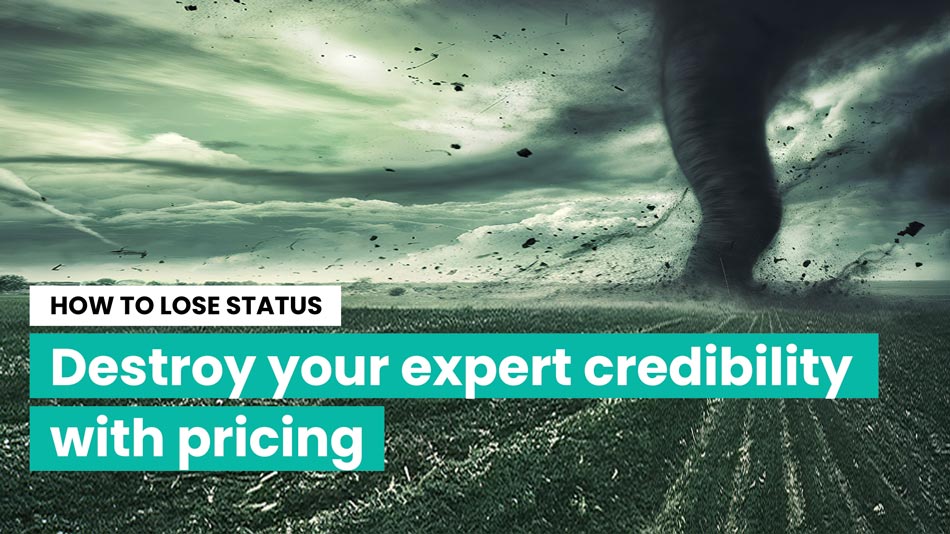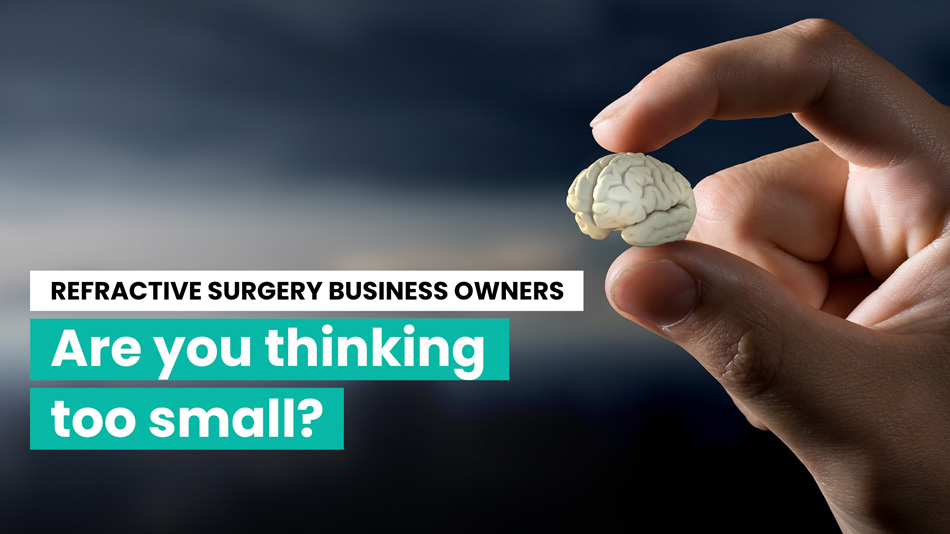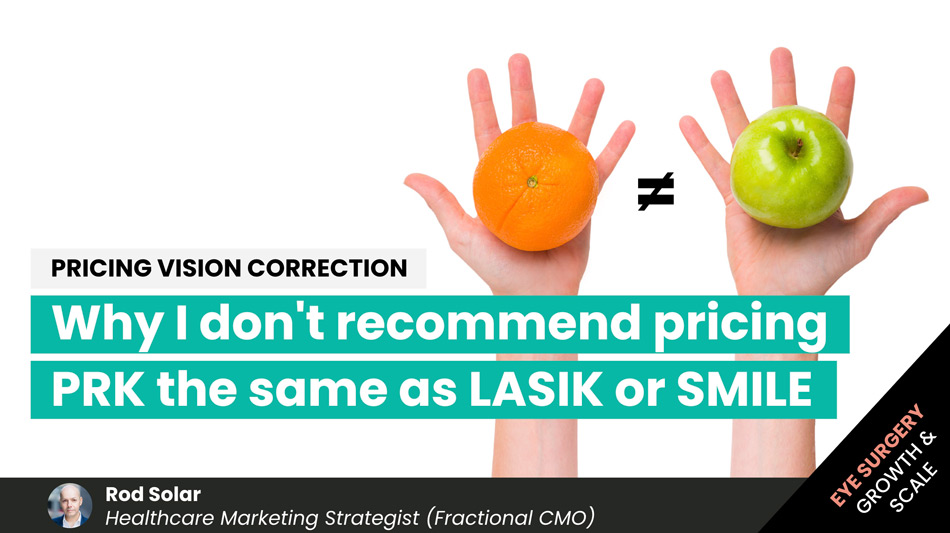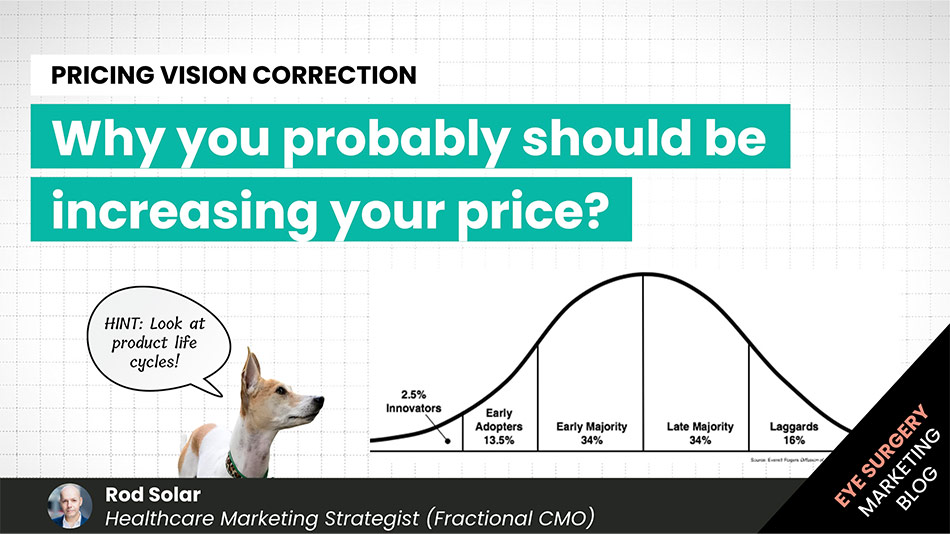
Pricing vision correction and product life cycles: why you probably should be increasing your price
Like living things, products and services can be thought of as having a life-cycle. When pricing vision correction, you may want to consider product life cycle management – a number of strategies used as a product goes through its natural lifecycle. Knowing where your product or service is in its lifecycle will help you understand your market and will give you a possible picture of what the future brings. Importantly, it may give you a signal to price your product in a position that “goes with the current” as opposed to “going against the grain”.
Case: Laser eye surgery and the product life cycle
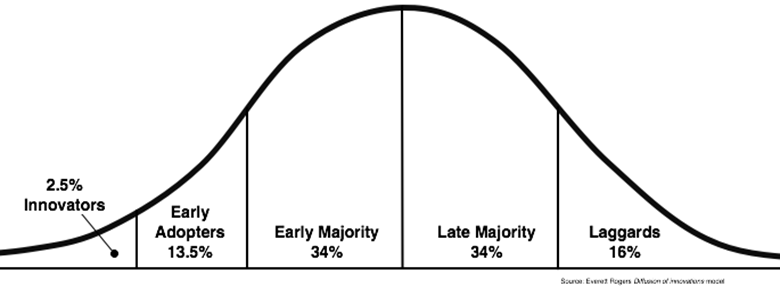
As an example to help understand product life cycles and pricing decisions, what follows is an analysis of where laser eye surgery is in its lifecycle.
The position that laser eye surgery sits in its product life cycle suggests that average prices could be higher than they are now.
Nearly 60 percent of all people in the UK need corrective lenses, 30 percent have myopia. Whilst glasses and contact lenses are in the Maturity stage of their product lifecycle, laser eye surgery, like many elective surgery procedures, remains in the Introductory stage. There are nearly 36 million people in the UK who could benefit from laser eye surgery surgery, but only about 100,000 actually choose this as their option to correct their vision every year. There is evidence to suggest that these patients will be amongst the ones that pay the most for their laser eye surgery, and would probably pay more than they do now.
Market characteristics at the introductory stage of the product lifecycle include:
- Costs are high – so profits are modest, in spite of relatively high prices
- Slow sales volumes at the start
- Little or no competition
- Demand has to be created
- Patients have to be prompted to try the product
- The financial benefits are relatively small and underproductive at this stage
While useful, there is no predictive value in the life cycle concept. In other words; there is no evidence to suggest that laser eye surgery will follow the same lifecycle of contact lenses, or eyeglasses. In fact, the worldwide market for contact lenses continues to grow, and the market for eyeglasses continues to grow in the long term as a result of macro-economic trends (the ageing population and improving economic conditions globally).
Laser eye surgery patients are all, by definition “innovators” and “early adopters” (the 15% of patients that are first to try any newly introduced product). There is a vastly larger pool of potential patients in the “early majority” who will make the next wave of patients (34%) in the “growth” stage of laser eye surgery.
The rewards associated with the opportunity to serve innovators will not knock forever and the door is closing day by day.
NOTE: The best way to answer that nagging question about practice growth or marketing or patient volume in the back of your mind is to book a free 15-minute compatibility call. Get some options and go away with a clear idea of what’s possible.
Laser eye surgery patients are innovators
In general, “innovators” (the first 2.5%):
- Are adventuresome
- Interested in new ideas
- Have the ability to understand and apply complex technical knowledge
- Possess the ability to cope with high levels of uncertainty
- Take part in social gatherings to discuss their choices
- Are happy to pay higher relative prices in order to be first to receive the product’s benefits
If you’re an innovator or intermediary of new technologies (e.g. you invest in the latest technology, do original research, or bring new and innovative procedures to market) then you should be pricing as high as your customers are willing to pay because it “goes with the current”. This opportunity will not knock forever and the door is closing day by day.
It’s quite possible that the deep discount providers offering cut-rate pricing for laser eye surgery are ahead of their time – and I don’t mean that in a complimentary way.
Laser eye surgery patients are early adopters
In general, “early adopters” (the next 13.5%):
- Are more comfortable being exposed to problems, risks and annoyances common to early-stage product testing and deployment
- Are ready to pay the “early adopter tax” – a higher price to mitigate some of the above risks
- Provide considerable and candid feedback to vendors on the problems they experienced and the benefits they accrue
- Are more integrated in the local social system
- Are looked to for advice from potential adopters
In the UK market, it is clear that most multiples and larger competitors are competing for the early adopter market. These customers will be relatively more price sensitive than the innovators, but not as much as the early majority that will follow them. Therefore, it makes sense for the multiples and larger competitors to keep their prices as high as possible (but under the innovators) in order to maximise profits while expanding market share. It’s quite possible that the budget providers offering cut-rate pricing for laser eye surgery are ahead of their time – and I don’t mean that in a complimentary way. Deep discounting goes “against the grain” of the current market.
Other characteristics of innovators and early adopters
- Are considerably tech-savvy – almost all patients do online research before every walking into a laser eye surgery centre
- Respond to information shared primarily by people they trust (friends and family) – providing substantial evidence that social media is an important emerging channel
- Have a considerable appetite for product knowledge – they want to be educated and engaged – not sold to. They will happily turn up for social events to learn more about the product from the professionals and other early adopters
- Do not respond favourably to traditional, mass market approaches to communication (print ads, radio ads, flyers)
- Want to spend their money on experiences that are memorable and fun – providing an argument for augmented patient service. They are seeking to change their lives, not simply have surgery.
Looking at a relatively more mature market like the US as a possible future for the UK and the European market, the past few years has seen the following come to pass as the market begins to make the transition from “early adopter” to “early majority”:
- Average ages of myopes getting LASIK is decreasing
- A decrease in the average income of LASIK patients (meaning more people are able to afford the procedure)
- An increase in the number of patients using financing options to pay for LASIK
NOTE: The best way to answer that nagging question about practice growth or marketing or patient volume in the back of your mind is to book a free 15-minute compatibility call. Get some options and go away with a clear idea of what’s possible.
Conclusion: What the Product Life Cycle concept suggests about pricing decisions in laser eye surgery
About the author
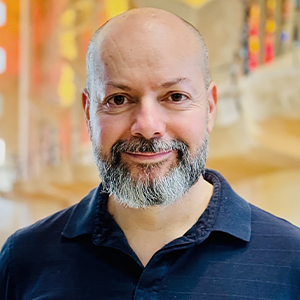
Rod Solar
Founder & Scalable Business Advisor / fCMO
Rod Solar is a co-founder of LiveseySolar and a Scalable Business Advisor for its customers. Rod mentors and coaches eye surgery business CEOs/Founders and their leadership teams to triple their sales, double their profit, and achieve their “ideal exit”.
Related Posts
Meet our Co-Founders
We’re passionate about helping leaders of high-quality, growth-minded practice owners double their practice revenue

Rod Solar
Founder & Scalable Business Advisor
For over 20 years, I’ve helped ophthalmology entrepreneurs scale their private practices. I specialise in doubling revenue within three years by offering a proven framework, hands-on experience, and a team of experts who implement what works. We take the guesswork out of growth and scale, so you can focus on delivering exceptional patient care while maximising the value of your business.
LiveseySolar completely transformed the way we were approaching this… We’ve gone from having just the dream of having a practice to having a practice up and running with people making inquiries and booking for procedures… It’s extremely pleasing. We feel lucky we connected with LiveseySolar.
— Dr Matthew Russell, MBChB, FRANZCO, specialist ophthalmic surgeon and founder of VSON and OKKO

Laura Livesey
Founder & CEO
I’m the co-founder & CEO of LiveseySolar. I’ve developed powerful eye surgery marketing systems that increase patient volumes and profits for doctors, clinics, and hospitals, since 1997.
Rod and Laura know as much about marketing surgery to patients as I know about performing it. They are an expert in the field of laser eye surgery marketing. They know this industry inside out. I believe that they could help many companies in a variety of areas including marketing materials, sales training and marketing support for doctors.
— Prof. Dan Reinstein, MD MA FRSC DABO, founder of the London Vision Clinic, UK






